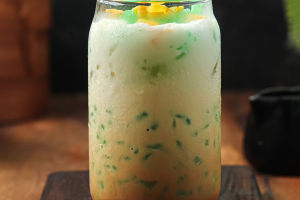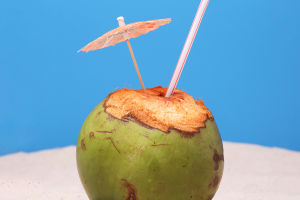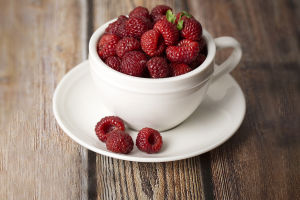Satisfyingly Soft
Japanese pancakes are a delicate and delicious pastry popular worldwide.
Their unique taste and soft texture make them a crown jewel of gourmet foods for many.
Among their appealing qualities, their softness stands out as particularly captivating. This article will delve into the secrets behind the softness of Japanese pancakes, from the selection of raw materials to the application of cooking techniques.
Selection of Raw Materials
The softness of Japanese pancakes is closely tied to the ingredients chosen. Firstly, the choice of flour is crucial. Generally, cake flour is preferred for making fluffy pancakes due to its lower protein content, which prevents the dough from becoming too chewy.
Additionally, incorporating an appropriate amount of cornstarch into the flour can further enhance the softness of the pancakes, resulting in a more delicate texture.
Second, milk and eggs are indispensable for creating fluffy pancakes. The fat and protein content of milk contributes to a rich texture and smoothness, resulting in softer pancakes.
Eggs increase the dough's stickiness and aid in the expansion of the pancakes during cooking, achieving a softer texture.
Finally, baking powder and baking soda are the secrets to achieving fluffy pancakes. These leavening agents release carbon dioxide bubbles within the dough, causing the pancakes to expand during cooking and increasing their fluffiness.
Application of Cooking Techniques
In addition to ingredient selection, mastering cooking techniques is essential for making fluffy pancakes.
First, it's crucial to control the mixing time of the dough. Over-mixing can lead to excessive gluten development, resulting in pancakes that are too chewy and lacking in softness. Therefore, when mixing the dough, it's important to do so gently and only until the ingredients are just combined.
Second, controlling the heat is paramount. When cooking pancakes, it's best to use medium-low heat and add a suitable amount of oil to the pan. This ensures even heating and allows the pancakes to expand during cooking.
Additionally, mastering the cooking time is crucial, typically around two minutes per side, until both sides are golden brown.
Lastly, during the cooking process, gently tapping the surface of the dough a few times can release trapped air and help the pancakes expand more effectively, resulting in a softer texture.
Conclusion
Achieving soft and fluffy Japanese pancakes relies not only on selecting the right raw materials but also on mastering cooking techniques.
By choosing the appropriate amounts of low-gluten flour, milk, eggs, and other ingredients, and by controlling heat and techniques during cooking, making pancakes with a soft texture is easily achievable.
It is hoped that through the insights provided in this article, readers can better grasp the intricacies of making Japanese pancakes and indulge in the most authentic experience.


